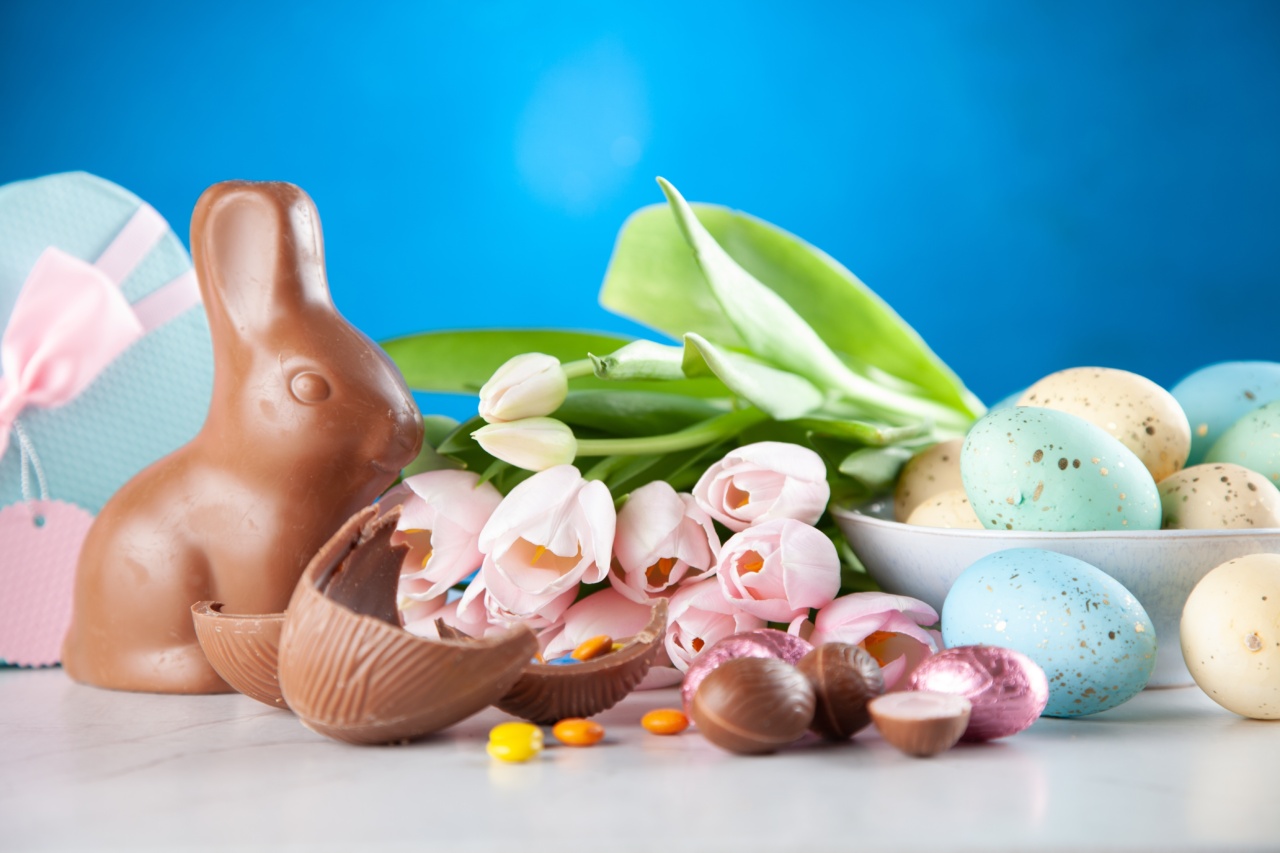Have you ever found yourself craving something sweet and indulgent? Maybe you’re at work and can’t stop thinking about a chocolate bar, or perhaps you’re at home and can’t resist the allure of a sugary treat.
Whatever the scenario, there’s no denying that sweets and chocolates always seem to call our name. Why is this the case? Let’s explore the reasons behind our insatiable sweet tooth.
Evolutionary Reasons
One theory behind our love of sweets is rooted in evolution. For our ancient ancestors, high-calorie foods were a rarity, as they had to hunt and gather to survive. Sweets were a quick source of energy, making them an essential survival food.
Our bodies have evolved to crave high-calorie foods, which is why we often turn to sweets when we’re feeling tired or low on energy.
In addition, sweet foods often signify the presence of ripe fruit, which was a key food source for our ancient ancestors.
Our taste buds have evolved to recognize sweetness as an indicator of food that is safe and nutritious to eat, which is why we find it so appealing.
Emotional Reasons
Of course, not all of our cravings for sweets are rooted in biology. In many cases, our desire for sugary treats is emotional in nature. For example, when we’re feeling stressed or anxious, we may turn to sweets as a way to cope.
Sugar triggers the release of the feel-good hormone serotonin, which can help improve our mood and reduce feelings of stress.
In addition, sweets are often associated with positive emotions like joy and celebration. We indulge in dessert after a meal with loved ones or enjoy a slice of cake on our birthday.
Our brains learn to associate the pleasant feelings that come with these events with the taste of sweets, which reinforces our desire for them.
Cultural Reasons
Our love of sweets isn’t just a product of evolution and emotion – it’s also shaped by our cultural experiences. In many cultures, sweets are an important part of traditional cuisine and social rituals.
For example, in India, sweets play a central role in festivals and celebrations, and are often exchanged as gifts. In France, pastries and desserts are considered an art form, and are enjoyed with coffee or tea as a way to socialize.
When we grow up in a culture that places a high value on sweets, we’re more likely to develop a taste for them. In addition, the social rituals that often involve sweets can make them feel particularly special and indulgent.
Addictive Properties
Finally, it’s worth noting that sweets and chocolates can be addictive in nature. Sugar activates the same reward centers in the brain as drugs like cocaine and heroin, leading to feelings of pleasure and euphoria.
Over time, our brains can become desensitized to sugar, which can lead us to crave more in order to achieve the same level of pleasure. This can create a cycle of addiction to sweets and sugary snacks.
In addition to the addictive properties of sugar, many sweets and chocolates contain other additives like caffeine and theobromine, which also have mood-enhancing effects. This can make it even harder to resist the allure of our favorite sugary snacks.
Conclusion
Our love of sweets and chocolates is a complex phenomenon that is influenced by a range of factors, from evolutionary biology to cultural experiences.
While indulging in a sweet treat every now and then is perfectly normal, it’s important to be mindful of the addictive properties of sugar and to enjoy sweets in moderation. By understanding why sweets call our name, we can make healthier choices and enjoy our indulgences without guilt.































